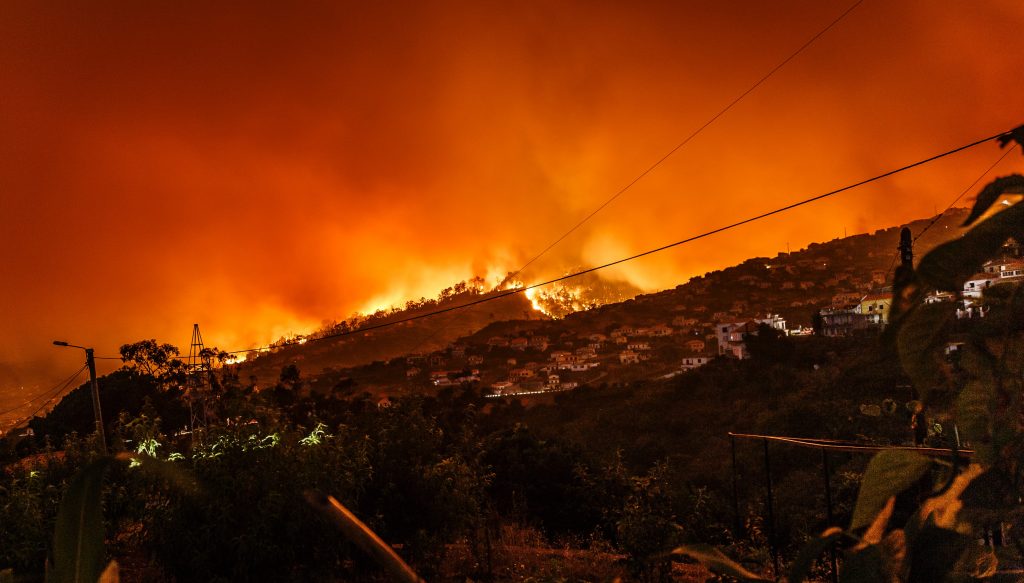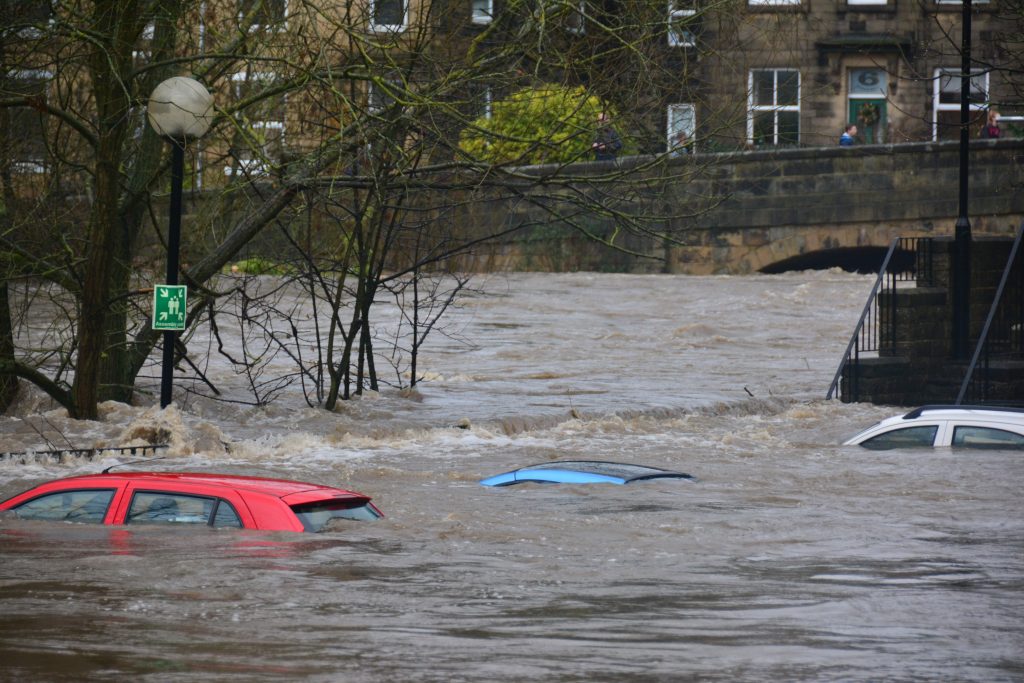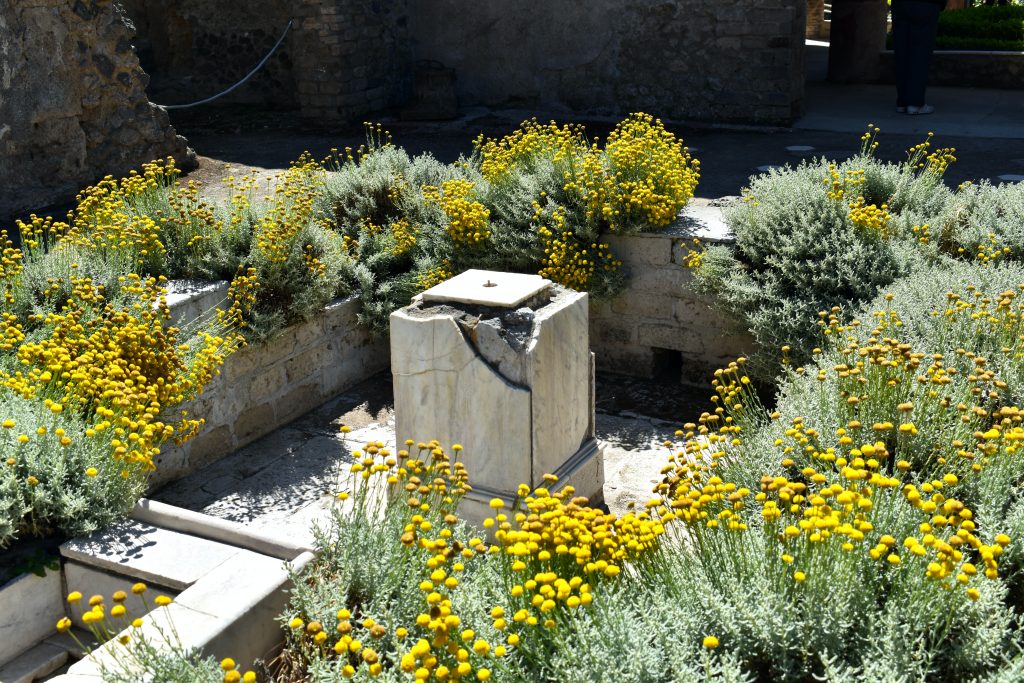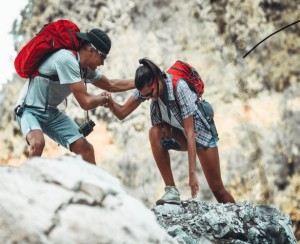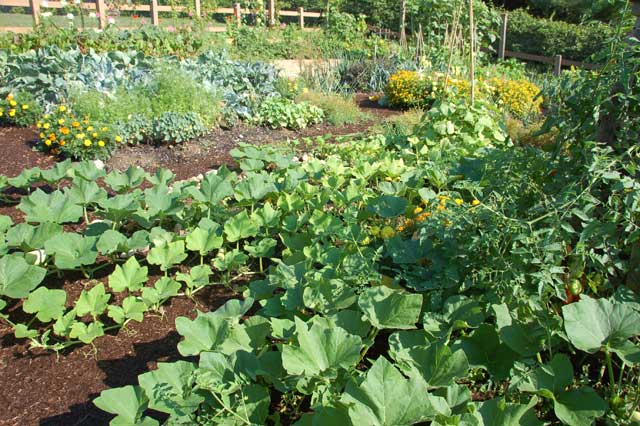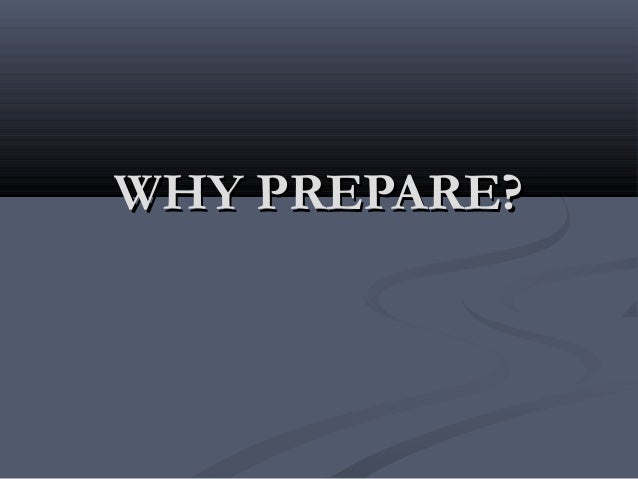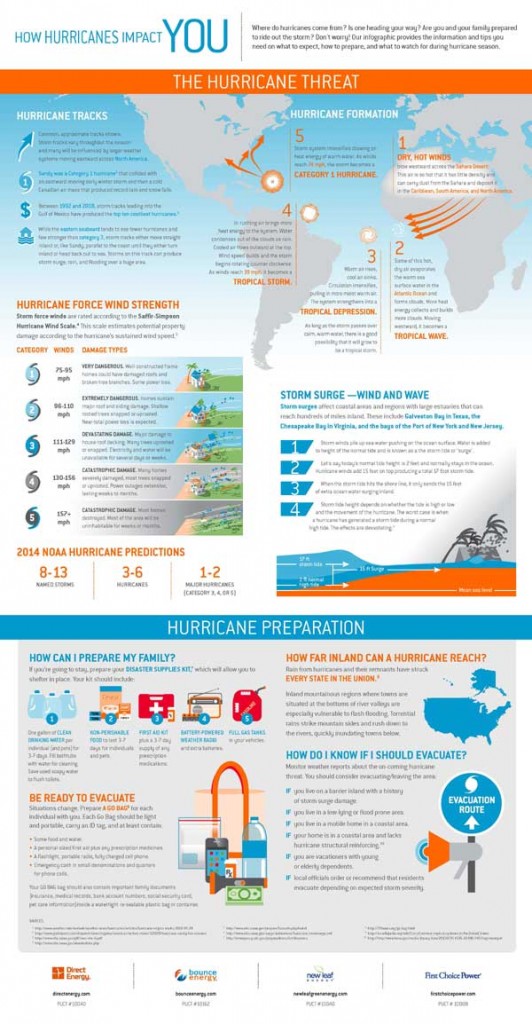When there’s a disaster or emergency, it’s important to be ready. Prepper supplies can help you be ready. But what if you don’t have any prepper supplies? Can you still survive?
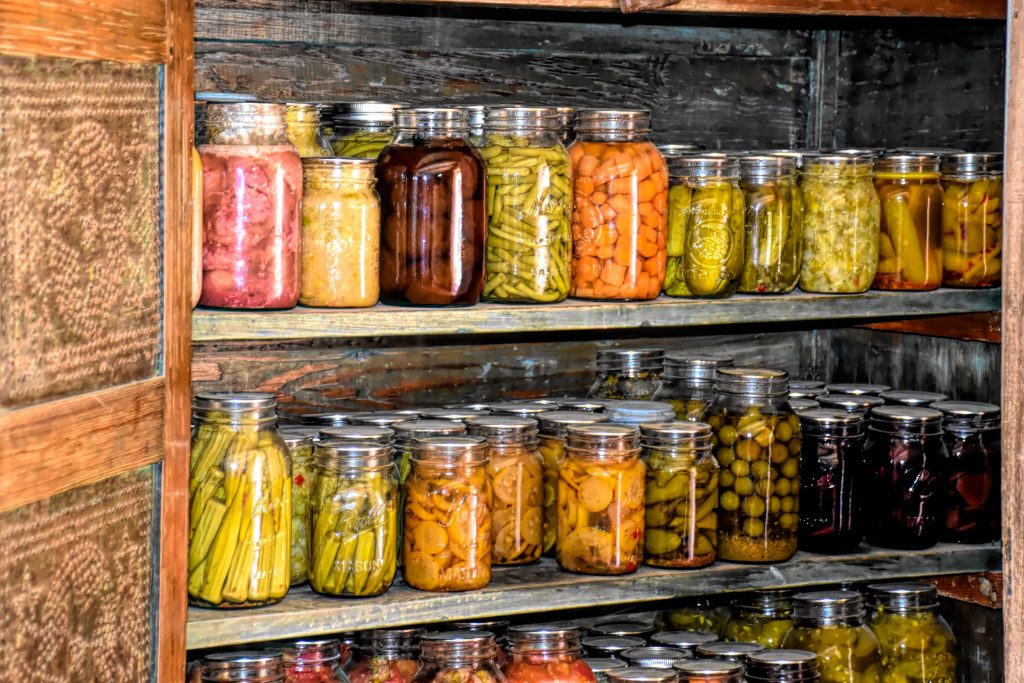
Let’s compare surviving with prepper supplies vs without prepper supplies and see which one is better for survival.
Surviving with Prepper Supplies:
Prepper supplies can include things like food, water, shelter, first aid, and tools. These supplies can help you stay alive in a disaster or emergency. For example, if you have food that won’t spoil, you won’t have to worry about going hungry if you can’t leave your house because of a disaster. Similarly, if you have water, you won’t have to worry about getting dehydrated. Prepper supplies can also help you stay warm and dry, protect you from the weather, and help you ask for help if you need it.
Surviving Without Prepper Supplies:
If you don’t have any prepper supplies, you can still survive, but it will be harder. You’ll need to use your skills and resourcefulness to find food, water, and shelter. For example, you can look for food that grows in nature, catch fish or animals to eat, and find water to drink. You’ll also need to know how to build a shelter using things in nature and start a fire without matches or a lighter. Surviving without prepper supplies means you need to know more things and be more creative.
Comparison:
Prepper supplies make survival easier and more comfortable, but they’re not the only way to survive. Surviving without prepper supplies is possible, but it takes more effort and skill.
Here are some things to think about when comparing the two options:
– Convenience: Prepper supplies are easy to find, but without them, it takes longer to find food, water, and shelter.
– Reliability: Prepper supplies are dependable and can last for years, but finding food and water in nature can depend on things like weather and where you are.
– Cost: Prepper supplies can cost a lot of money, but finding food and water in nature is free, though it takes more work.
– Comfort: Prepper supplies make survival more comfortable, but without them, it can be hard to stay warm, dry, and safe.
Conclusion:
Prepper supplies can make survival easier, but you don’t need them to survive. Surviving without prepper supplies takes more knowledge and creativity. Whether you choose to rely on prepper supplies or not, it’s important to know some basic things to stay alive in an emergency or disaster.
References:
– “Wilderness Survival Skills” by HowStuffWorks
– “Disaster Preparedness” by Ready.gov

